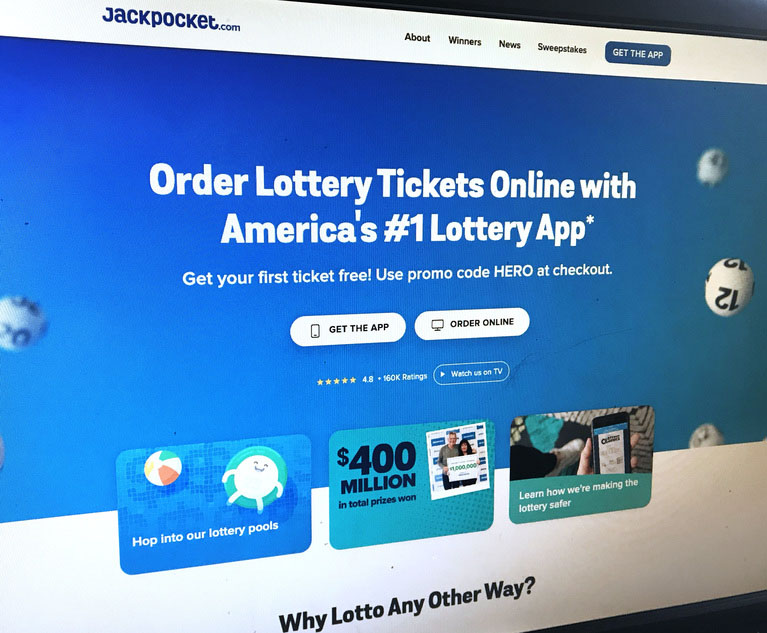This column has discussed on several occasions the emergence of intellectual property as a critical asset class, and the related challenges for lenders from the evolving, and sometimes contradictory, IP collateral rules under federal and state law. Not surprisingly, judges in bankruptcy cases have also struggled to forge a clear and consistent path for the treatment of IP assets under the Federal Bankruptcy Code.
One of the areas of greatest controversy has been licensing of IP. Licensing enables widespread development, use and exploitation of IP by owners. In 1988, licensees were the beneficiaries of a new provision in the Federal Bankruptcy Code—section 365(c)—that allowed licensees to use licensed IP even after the debtor “rejected” the license. But one of the largest categories of intellectual property was noticeably omitted from that provision, namely trademarks.


 Barbara M. Goodstein
Barbara M. Goodstein




